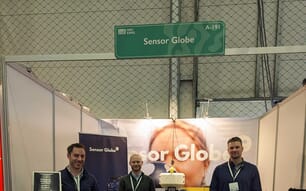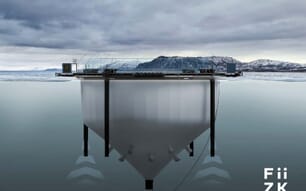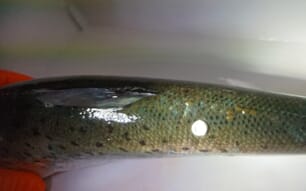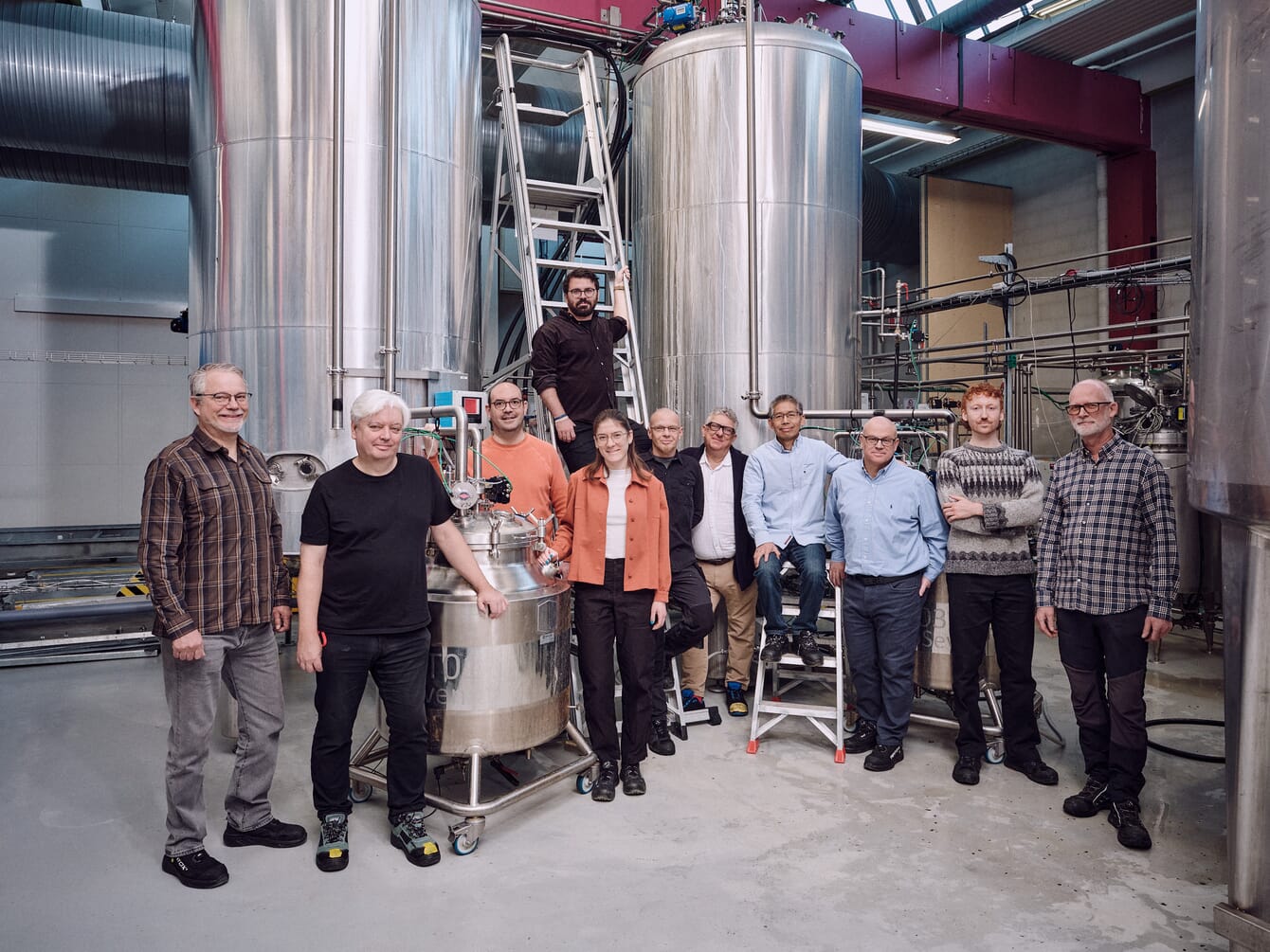
© Sundew
“We’re working with a molecule called Biokos,” explains Neil Goldsmith, the startup’s CEO and co-founder. “It’s a natural molecule, found by researchers in Scotland who noticed that a saprolegnia infection was spreading across salmon eggs – except for one patch. They discovered a Pseudomonas microbe was growing there and killing the fungus nearby.”
Since then, the compound has been tested against a range of fish parasites. While it’s not being used for controlling saprolegnia – due to the discovery of even more effective natural molecules by Sundew – Goldsmith believes that its potential applications have grown significantly.
“It’s primarily effective against protozoa,” he says. “So things like ich in trout, Cryptocaryon in marine species, philasterides in turbot. We’ve tested it on about 15 different protozoan groups so far, and the results are very promising.”
According to Goldsmith, what sets Biokos apart is not just its efficacy, but also its comparative safety. Compared to formalin – a chemical long used in aquaculture that is both hazardous to humans and risky for fish – Biokos offers a gentler, more sustainable alternative.
“Formalin is incredibly toxic. The difference between a dose that kills the parasite and one that harms the fish is tiny. People are rightly worried about using it – both for the fish and for themselves. With Biokos, it’s a different story,” Goldsmith explains.
Sundew has now scaled annual production of the compound to hundreds of kilos, thanks to a custom-built fermentation process. The molecule is purified and pressed into dissolvable tablets – easy to transport and apply.
“You just put it in the water as a tablet,” Goldsmith says. “It’s about 40 to 50 times more potent than formalin, so although it’s more expensive per gram, you use a lot less of it. That brings the cost per treatment into a competitive range.”
Though still undergoing regulatory approvals, Sundew’s product has shown promise in trout hatcheries, tilapia farms and ornamental fish farms.
“At small levels, yes, it’s commercially available,” says Goldsmith. “We’re waiting on final approval from the US FDA for veterinary use. That’s a huge milestone. Once we have that, it opens the door for other markets to follow suit.”
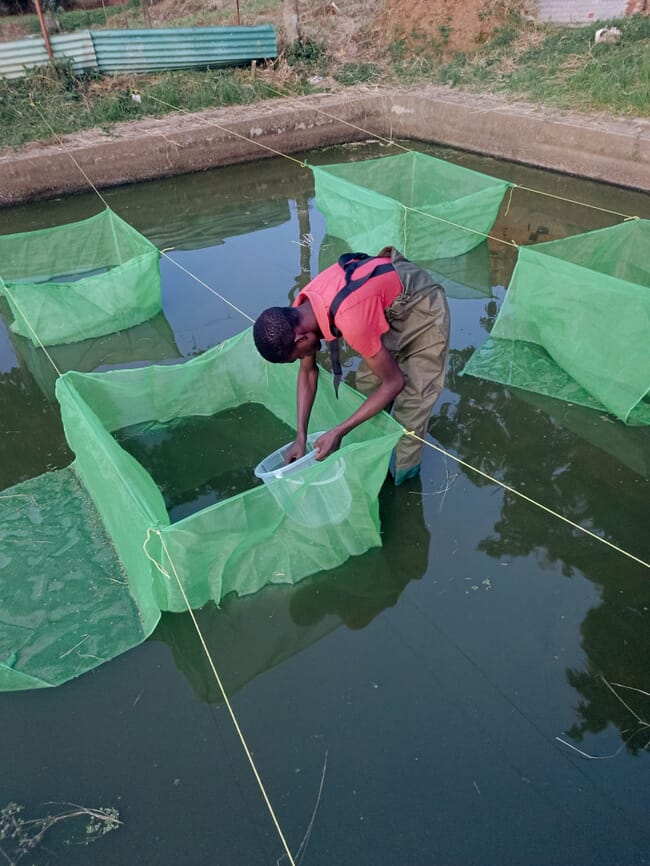
© Sundew
One of Sundew’s most exciting initiatives is a project Uganda, where aquaculture is rapidly expanding.
“We’ve done trials on parasites of tilapia and catfish in Uganda, with good results,” Goldsmith explains. “There’s a real push to build out aquaculture in that region, and we got EU funding to explore the market and potential rollout there.”
Partnering with a local agricultural consultancy (ECRAM), Goldsmith aims to manufacture final Biokos products in Uganda itself.
“It helps reduce costs, tailor the product to local needs, and even smooth the regulatory processes if it's produced in-country,” he notes.
And they are also looking for ways to effectively deliver the product to larger water bodies, such as earthen ponds, rather than just tank-based farms and hatcheries.
“Right now, we’re selling mainly to hatcheries and ornamental fish keepers, but we’re developing larger formats – think of a rock you can throw into a pond,” Goldsmith explains.
The molecule works fast – killing parasites within seconds – and Goldsmith is keen to explore whether it could help to treat amoebic gill disease (AGD) in salmon, when combined with freshwater treatment.
“Freshwater alone isn’t always effective,” says Goldsmith. “But combine it with our product, which destabilises the parasite’s osmotic balance, and you may shorten treatment times significantly.”
This could help to improve salmon welfare, as well as speed up the treatment process, which should in turn reduce the wellboat costs.
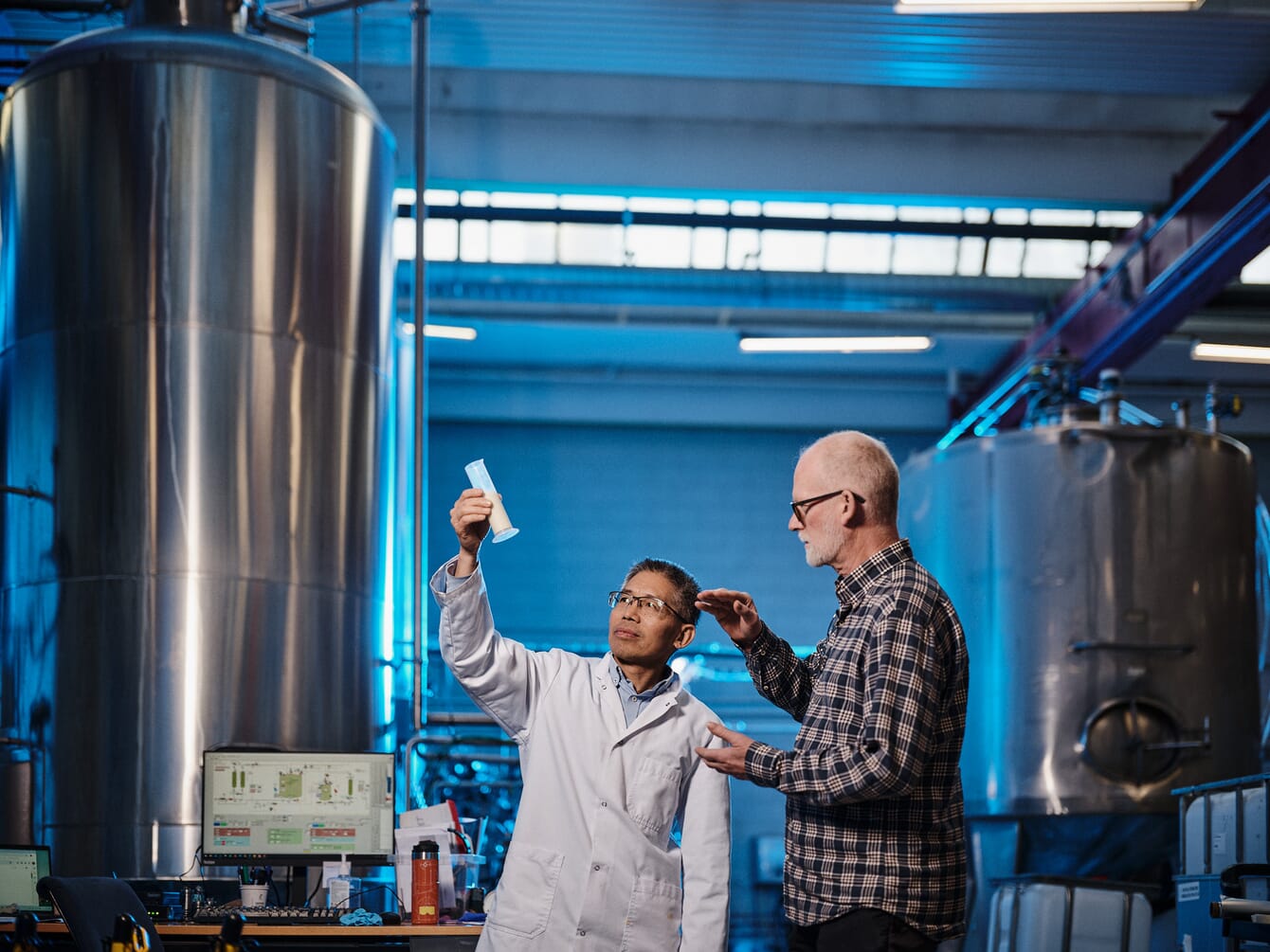
© Sundew
Tackling red tides and invasive carp
Meanwhile Sundew is also looking to combat red tides – harmful algal blooms that can cause enormous damage to aquaculture operations, fisheries and tourism.
“In the States, we’re working with researchers in Florida,” Goldsmith says. “Red tides produce neurotoxins that devastate marine life and shut down tourism and aquaculture. Our compound, [Oikos] which again is derived from microbes or microalgae, can be sprayed by drones directly onto the blooms.”
The company is also exploring the use of RNAi technology to selectively eliminate invasive carp in the Mississippi River basin.
“These tools tie together in interesting ways,” Goldsmith says. “For example, our collaboration [with the US Geological Survey, the part of the Dept. of the Interior tasked with controlling invasive species] on invasive carp gives us access to bait formulations that could be used for protecting farmed carp populations in Asia too.”
On the hunt for investment
To date, the company’s work has attracted investments from SOSV, the Yield Lab, EIFO (the Danish Sovereign Wealth Fund) and Novo Holdings (the owner of Novo Nordisk) bio-innovation arm, the BioInnovation Institute.
“We’ve raised about €6 million so far,” Goldsmith says. “But we’re currently looking to raise another €5 million to scale production and support new regulatory approvals, especially for our red tide and carp control products.”
Production, for now, is based in Denmark – which has plenty of fermentation expertise and solid governmental support.
“There’s strong infrastructure for biological production here,” Goldsmith explains. “And because our product helps replace synthetic chemicals, we’ve been able to access good financing options.”
Looking ahead, Sundew is keen to continue to enhance the reach of all three of its aquatic products, starting with Biokos.
“We want to go from hatchery-scale to commercial-scale aquaculture,” Goldsmith says. “That means getting approvals, scaling production and tailoring formulations for specific regions – from Uganda, to Norway, to the US.”
“If we can offer fish farmers a product that’s safer for their animals, better for their workers, and easier on the environment – while still being effective – that’s a win across the board,” he concludes.

© Sundew




